Throughout the history of Western Civilization, libraries have been the repositories of nations’ accumulated knowledge and the epicenters of their culture. Central libraries, more than being big buildings containing books, are important landmarks designed with impressive architecture and filled with symbolic art. The Los Angeles Central Library is certainly no exception. An in-depth look at the art found at the Library is quite a revealing one: It describes the occult philosophy of those in power. We will look at the Central Library’s history and the hidden meaning of its architecture.
Built in 1926, the Central Library is an important landmark of downtown Los Angeles. It is the central piece of one of the largest publicly funded library systems in the world, the Los Angeles Public Library (LAPL). Most touristic pamphlets describe the building’s design to be inspired by ancient Egyptian and Mediterranean Revival architecture. As we will see, this choice of design is not simply an aesthetic one, it rather recalls the teachings and the symbolism of the ancient mystery schools of Antiquity. In fact, after decoding the library’s many esoteric features, we can safely say that the building is mainly inspired by Freemasonry, which is, in turn, heavily steeped in ancient Egyptian and Mediterranean mysteries.
Elite Architect: Bertram Goodhue
One of the most recognized elite buildings designed by Goodhue is the headquarters of the Wolf’s Head Society – a secret society of Yale University. Along with the notorious Skull & Bones and Scroll & Key – the two other secret societies found at Yale - Wolf’s Head functions are quite similar to Freemasonry: It is a discreet yet major force influencing one of America’s most elite universities. It has held within its ranks members who went on to become prominent politicians, diplomats, lawyers and athletes.
Elite Sculptor: Lee Lawrie
The Central Library
The Pyramid of Illumination
First, in occult lore, the pyramid is considered to be the ultimate symbol of the Mysteries. It represents the transition from the material plane to the spiritual world. From the square-shaped base of the pyramid (representing the material world) rise, in mathematical perfection, four triangles (representing divinity). According to many occult researchers, the pyramids of Ancient Egypt were most likely used for the purposes of initiation, where candidates were led to the path of Illumination.
“The more the great Hierophants were at pains to conceal their absolute Science, the more they sought to add grandeur to and multiply its symbols. The huge pyramids, with their triangular sides of elevation and square bases, represented their Metaphysics, founded upon the knowledge of Nature.“On each side of the pyramid is a sun symbol, the most visual ancient representation of deity.
- Albert Pike, Morals and Dogma
“The adoration of the sun was one of the earliest and most natural forms of religious expression. Complex modern theologies are merely involvements and amplifications of this simple aboriginal belief. The primitive mind, recognizing the beneficent power of the solar orb, adored it as the proxy of the Supreme Deity.”Although the sun (or sunburst) is the most common occult symbol to represent the divine, it is however not directly worshiped as a god. It is a visual representation of the divinity. For this reason, the Central Library is replete with references to the sun.
- Manly P. Hall, The Secret Teachings of All Ages
In all the histories of the Gods and Heroes lay couched and hidden astronomical details and the history of the operations of visible Nature; and those in their turn were also symbols of higher and profounder truths. None but rude uncultivated intellects could long consider the Sun and Stars and the Powers of Nature as Divine, or as fit objects of Human Worship; and they will consider them so while the world lasts ; and ever remain ignorant of the great Spiritual Truths of which these are the hieroglyphics and expressions.
– Albert Pike, Morals and Dogma
The Luciferian Torch
Above the pyramid is golden hand holding a torch. There is a reason why this symbol is sitting above all others in the building: It is a perfect representation of the building’s philosophy, Luciferianism.“Luciferianism represents the ultimate inversion of good and evil. The formula for this inversion is reflected by the narrative paradigm of the Gnostic Hypostasis myth. As opposed to the original Biblical version, the Gnostic account represents a “revaluation of the Hebraic story of the first man’s temptation, the desire of mere men to ‘be as gods’ by partaking of the tree of the ‘knowledge of good and evil.”In occult teachings, Lucifer is not an existing being and is not equal to Satan. While Satan is esoterically associated with the descent to materiality, Lucifer represents the ascent to divinity using the cognitive powers of man. Through the acquisition of the knowledge of the Mysteries, an initiate has the:
- Carl A. Raschke,The Interruption of Eternity: Modern Gnosticism and the Origins of the New Religious Consciousness
“opportunity to erase the curse of mortality by direct encounter with the patron deity, or in many instances by actually undergoing an apotheosis, a transfiguration of human into divine”.Masonic authors such as Albert Pike and Albert G. Mackey have referred to the “luciferian path” and the “energies of Lucifer” to describe the “search for light”. The term “luciferian” is therefore used in the scholarly sense of “bringing enlightenment”. Masonic scholars often invoke Prometheus, who stole fire from the gods to bring to man, to describe this concept. For this reason, Prometheus is the central figure of the Rockefeller Center.
- Ibid.
The Western Facade – Phosphor and Hesper
Phosphor (or phosphorus) is the Latin word for the planet Venus in the morning, also referred to as the “Morning Star” or the “bringer of light”. Those terms are synonymous with Lucifer.
“Believing Venus to be two bodies, the Ancient Greeks called the morning star Φωσφόρος, Phosphoros(Latinized Phosphorus), the “Bringer of Light” or Ἐωσφόρος, Eosphoros (Latinized Eosphorus), the “Bringer of Dawn”. The evening star they called Hesperos (Latinized Hesperus) (Ἓσπερος, the “star of the evening”). By Hellenistic times, the ancient Hesperos would be translated into Latin as Vesper and Phosphoros as Lucifer (“Light Bearer”), a poetic term later used to refer to the fallen angel cast out of heaven.Hesper (or Vesperus) refers to Venus in the evening, the evening star.
- William Sherwood Fox, The Mythology of All Races: Greek and Roman
“The disciples of Pythagoras also highly revered the planet Venus, because it was the only planet bright enough to cast a shadow. As the morning star, Venus is visible before sunrise, and as the evening star it shines forth immediately after sunset. Because of these qualities, a number of names have been given to it by the ancients. Being visible in the sky at sunset, it was called vesper, and as it arose before the sun, it was called the false light, the star of the morning, or Lucifer, which means the light-bearer”.So Phosphor and Hesper are two words signifying the same entity, Venus, a celestial body occultly associated with Lucifer, at different stages of evolution. The figure representing Phosphor holds the names of Eastern philosophers such as Moses, Zoroaster and Buddah, while Hesper holds the name of Western thinkers such as Socrates, Francis Bacon and Immanuel Kant. These historical figures have not been chosen at random: they all play important roles in the teachings of the Mystery Schools. In fact, Francis Bacon, René Descartes and Immanuel Kant are central figures of the revival of modern Rosicrucianism and Freemasonry in Western civilization.
- Manly P. Hall, The Secret Teachings of All Ages
At the top of the wall is the Latin saying “et quasi cursores vitai lampada tradunt”. This is a quote from the Roman poem De Rerum Natura (On the Nature of the Universe) written by Lucretius and can be translated to “And like runners they pass on the torch of life“. The “torch of life” can be equated to the occult Mysteries, the hidden knowledge passed down from generation to generation through secret societies. Between Phosphor and Hesper, we see a cavalier passing the “torch of life”, or occult knowledge, to the next generation and from the East to the West.
The western facade of the Library, which also serves as the main entrance, is therefore a very significant piece representing the enduring existence of mystery schools through luciferian philosophy. All of this, and we haven’t even stepped inside the building.
Illuminated Globe
The globe is surrounded by a ring containing the signs of the zodiac and is illuminated by 48 lights. The ring is attached to chains leading to the sunburst on the ceiling. As seen earlier, the sunburst is an ancient symbol representing divinity. This design is reminiscent of qabbalistic engravings representing the 72 names of God.
“Despite statements to the contrary, Masonry is a religion seeking to unite God and man by elevating its initiates to that level of consciousness whereon they can behold with clarified vision the workings of the Great Architect of the Universe. From age to age the vision of a perfect civilization is preserved as the ideal for mankind. In the midst of that civilization shall stand a mighty university wherein both the sacred and secular sciences concerning the mysteries of life will be freely taught to all who will assume the philosophic life. Here creed and dogma will have no place; the superficial will be removed and only the essential be preserved. The world will be ruled by its most illumined minds, and each will occupy the position for which he is most admirably fitted. (…)
The perfect government of the earth must be patterned eventually after that divine government by which the universe is ordered.”
- Manly P. Hall, The Secret Teachings of All Ages
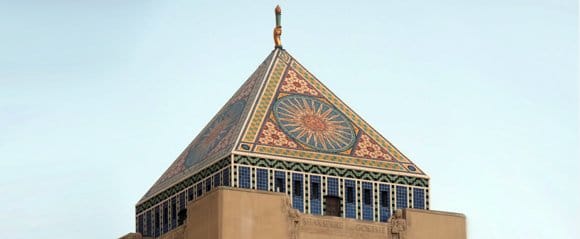
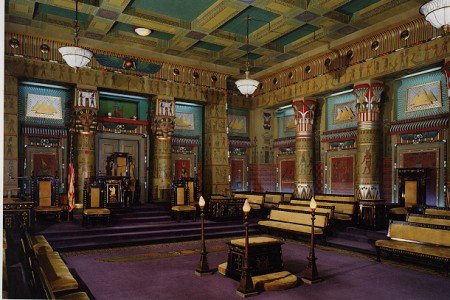
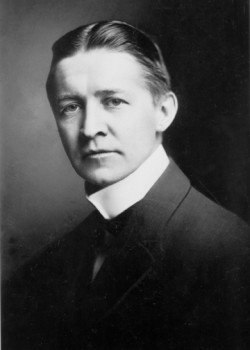
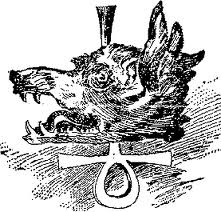
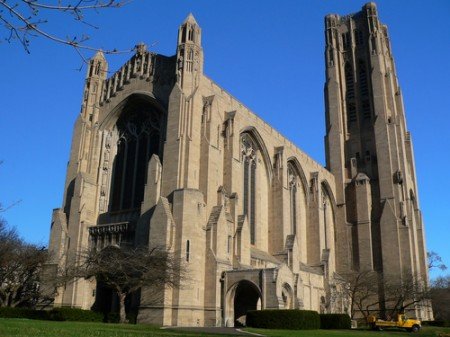
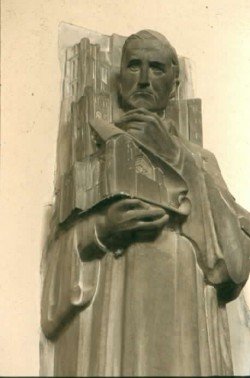
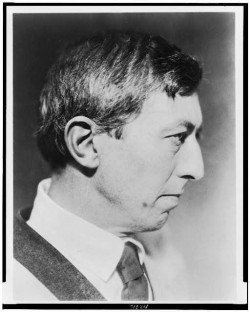
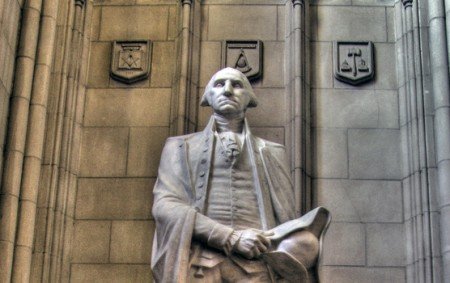
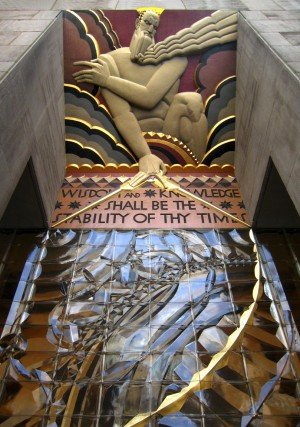
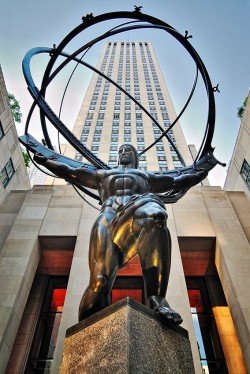
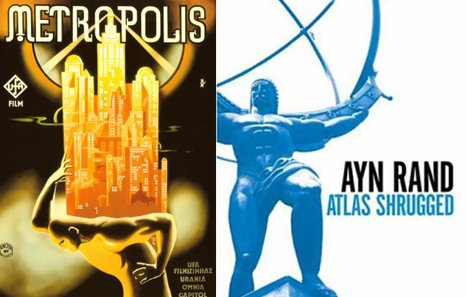
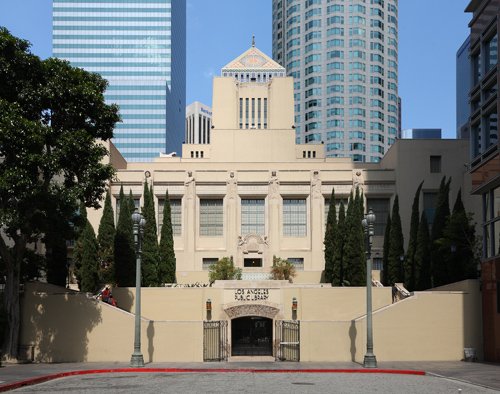
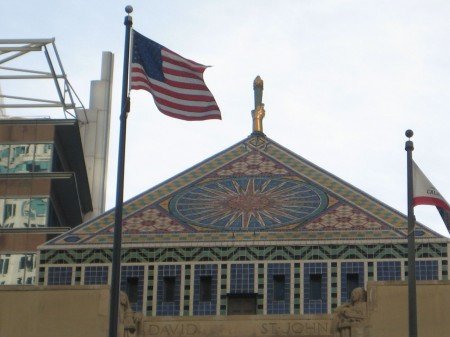
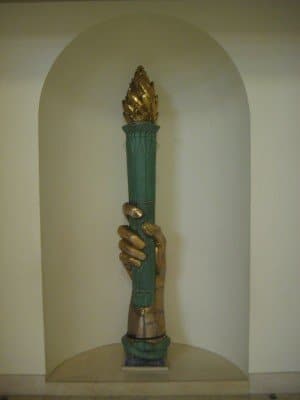
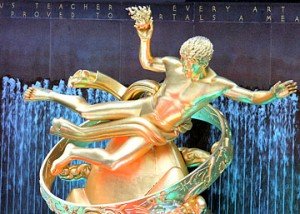
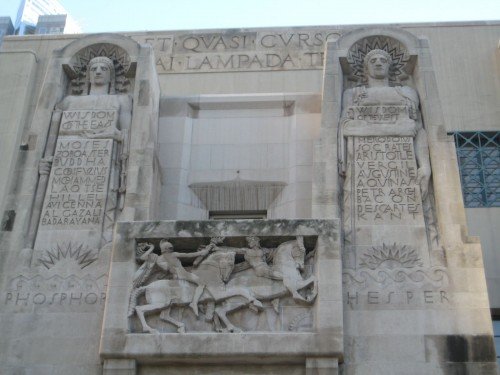
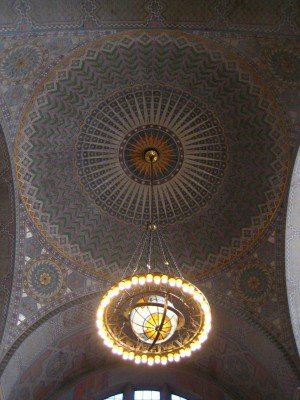
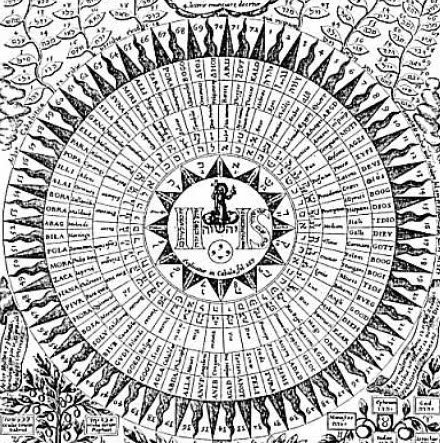
No comments:
Post a Comment